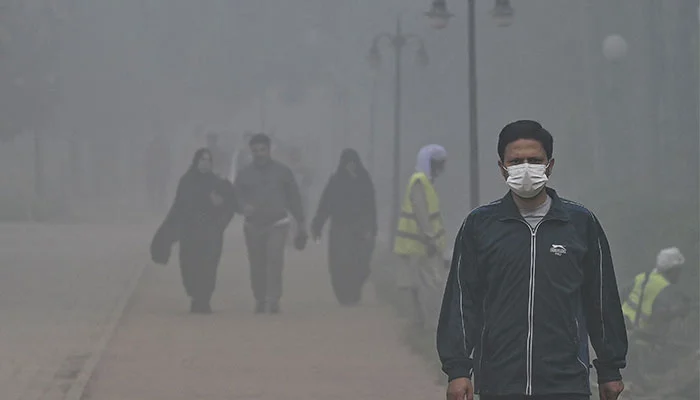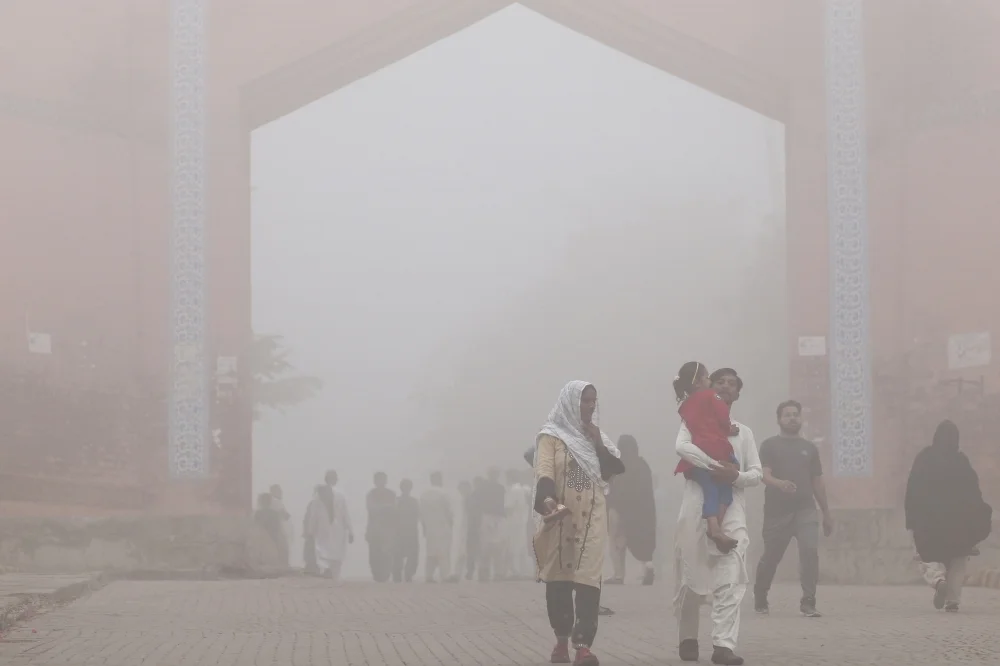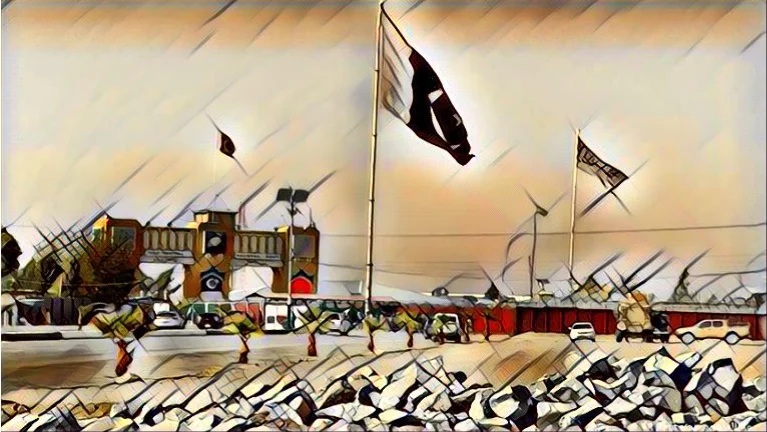The smog crisis in Pakistan has reached alarming levels, with cities like Lahore and Multan experiencing record-breaking Air Quality Index (AQI) readings. On November 3, 2024, Lahore surpassed an AQI of 1000, making it the world’s most polluted city at the time. This alarming air quality, primarily driven by pollutants like fine particulate matter (PM2.5), is severely affecting public health. Lahore, with its 14 million residents, recorded levels of PM2.5 as high as 613—over 120 times higher than the WHO’s safe threshold.
The Role of Cross-Border Pollution
A significant factor exacerbating this crisis is the pollution originating from neighboring India, particularly from the heavy agricultural burning practices in Punjab and Delhi.
The seasonal burning of crops, especially rice stubble, generates large quantities of smoke, which, propelled by wind patterns, crosses into Pakistan
The resulting smog blankets both countries, with Lahore and other cities in Punjab bearing the brunt. With Delhi’s AQI also topping 500, Pakistan’s vulnerability to cross-border pollution is clear, and both nations must cooperate to mitigate this issue at the diplomatic level.
Health Risks to Pakistan’s Population
The consequences of this toxic air are far-reaching. The United Nations has issued warnings that air pollution is particularly hazardous to children under five, with around 11 million children in Pakistan at risk of respiratory illnesses, stunted growth, and cognitive impairments. These vulnerable populations face immediate health threats, and the long-term costs to Pakistan’s healthcare system are significant. Educational institutes are already closed and ‘work from home’ implemented by the authorities in smog-exposed cities to cope with the situation temporarily.

The Urgent Need for Regional Cooperation
As COP29 gathers world leaders in Azerbaijan, Pakistan and India have a unique opportunity to discuss cross-border pollution mitigation strategies.
Joint efforts could focus on regulating crop burning, sharing air-quality data, and adopting policies that address emissions from both industrial and agricultural sources. A coordinated regional approach could significantly improve air quality, benefitting millions on both sides of the border.
Local Solutions to Tackle Smog
On the national level, Pakistan must implement urgent measures to reduce emissions. This includes stricter vehicle emission standards, promoting renewable energy, and enforcing industrial air-quality regulations.
Local efforts can also be ramped up, including increasing green spaces in urban areas, enhancing public transport to reduce vehicle emissions, and encouraging energy-efficient technologies in industries.
Furthermore, if natural rain fails to mitigate the situation, Pakistan could explore artificial rain technologies. These may help clear the smog temporarily. However, their long-term viability requires further study.

Conclusion
The smog crisis in Pakistan is not only a local issue but a regional one.
The collaboration between Pakistan and India is essential in addressing the cross-border pollution that exacerbates smog levels.
However, Pakistan must also take immediate action on the domestic front, from enacting stricter environmental laws to fostering public awareness. With the health of millions at stake, especially children, the time for effective and decisive action is now.
This article reflects the author’s perspective and not the official views of the Pak-Afghan Youth Forum (PAYF).



